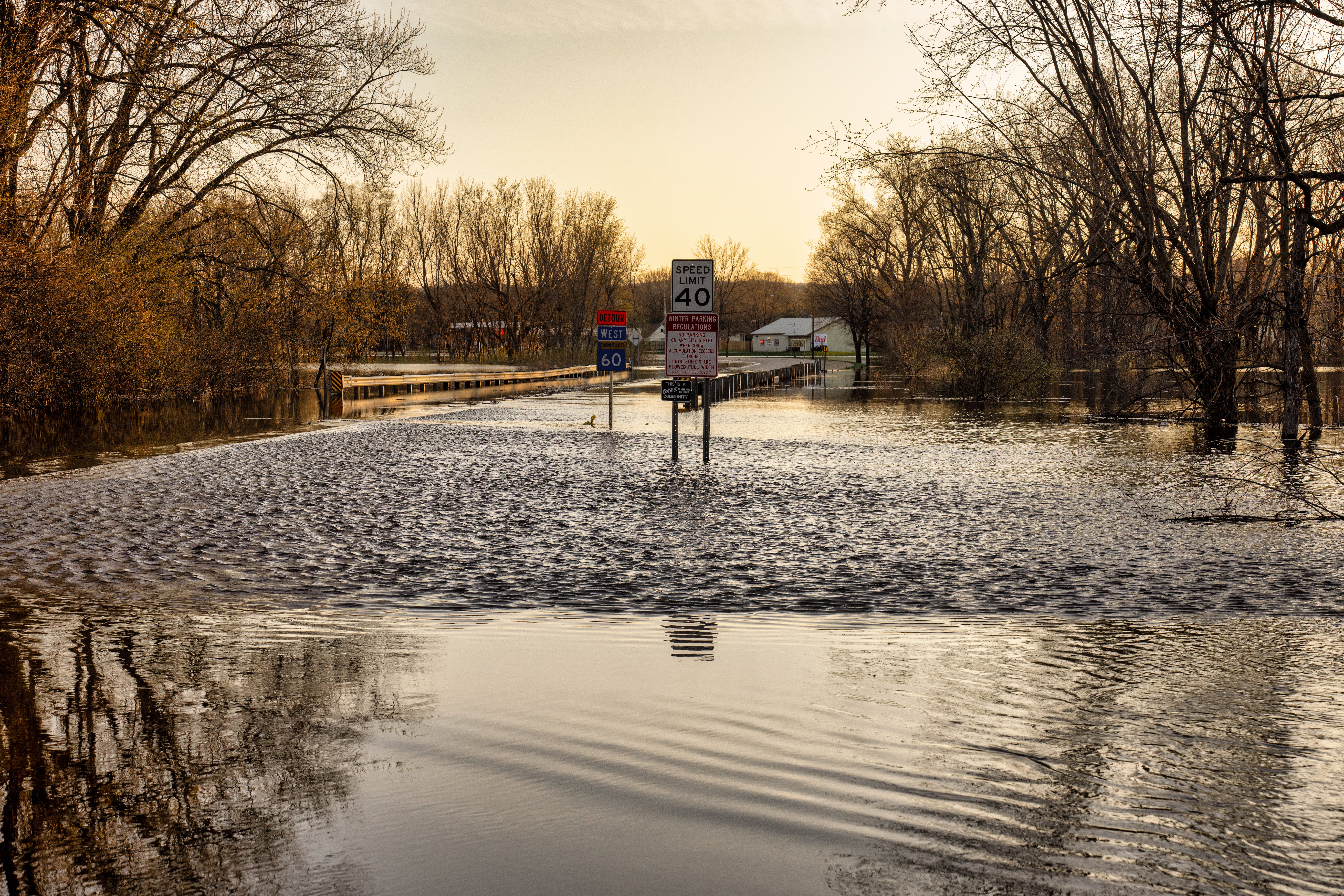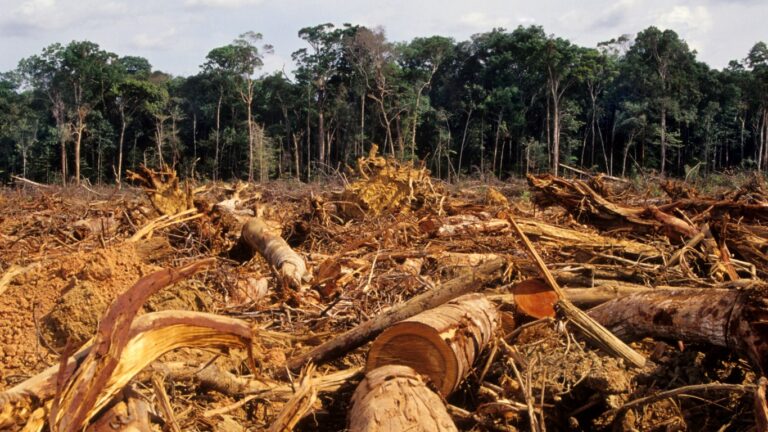High Flood Risk Expected to Impact Over 16 Million US Properties

Floods have long been among the most destructive natural threats in the United States – and the longer climate change progresses unabated, the more the risk of flooding is expected to grow.
The 10 hottest years on record since 1850 have all been in the last decade – including 2023, which ranks as the single hottest year by a historic margin, according to the National Oceanic and Atmospheric Administration. Conditions are not likely to improve anytime soon, as NOAA puts the chances of 2024 ranking among the five hottest years on record at 99%. While many consequences of a warming planet likely remain unknown, the rising risk of catastrophic flooding in many parts of the world is well established.
Not only will higher temperatures melt glaciers and lead to sea level rise, they will also increase the likelihood of stronger hurricanes, many of which will result in storm surges and devastating coastal flooding. A hotter climate will also increase moisture evaporation, denser clouds, and as a consequence, heavier precipitation.
Even within the last 20 years, floods have become more frequent and more destructive in the United States. Over the decade ending in 2023, there were 19 separate flood events in the U.S. – not counting hurricane storm surges – that resulted in at least $1 billion in damage, according to NOAA. Cumulatively, these floods caused nearly $70 billion in property damage. For comparison, there were only nine billion-plus-dollar floods that resulted in a total of $34.2 billion in damage over the 10 years ending in 2013.
A 2020 report from the non-profit climate-risk research organization First Street Foundation projects that the number of Americans living in areas at substantial flood risk is expected to grow considerably in the coming years. According to the report, there are 14.6 million properties in the continental U.S. with a greater than 26% chance of flooding at least once every 30 years. By 2050, the number of these high-risk properties is expected to top 16.2 million.
Many of the states where substantial flood risk is expected to grow the most by 2050 are along the East Coast. In places like Delaware, Florida, New Jersey, and South Carolina, the number of properties at high-risk of flooding is projected to climb by anywhere from 17% to 21%. But no state stands to lose more than Louisiana, where the number of properties facing substantial flood risk is expected to increase by nearly 70% between 2020 and 2050, from 477,100 to 809,800.
Some heavily populated parts of Louisiana are at a low elevation and are located near the coast, making them especially vulnerable to rising oceans. Half of New Orleans, for example, lies below sea level. According to the Environmental Protection Agency, Louisiana has already been losing about 25 square miles of land area every year to coastal submersion for decades.
While catastrophic flooding will almost certainly become more common in the U.S. in the coming years, the extent of the damage will likely hinge on global climate policy. According to the National Ocean Service, sea levels will likely rise by 2 feet along the U.S. coastline between 2020 and 2100. If global emissions are not meaningfully reduced, sea levels could rise by as much as 7 feet by the end of the century.
Sponsor
Find a Vetted Financial Advisor
- Finding a fiduciary financial advisor doesn't have to be hard. SmartAsset's free tool matches you with up to 3 financial advisors that serve your area in 5 minutes.
- Each advisor has been vetted by SmartAsset and is held to a fiduciary standard to act in your best interests. Get on the path toward achieving your financial goals!






